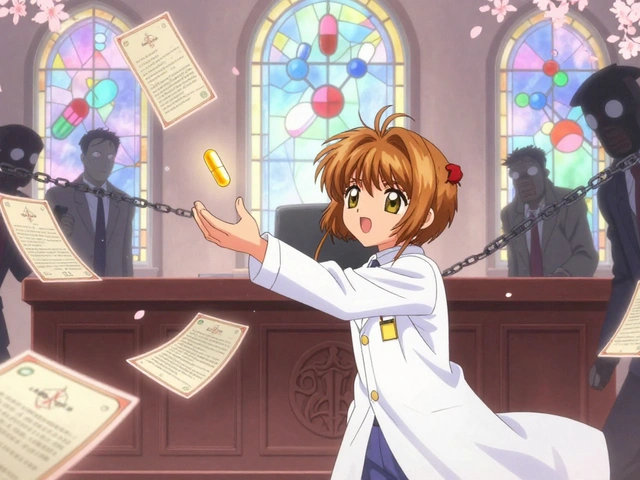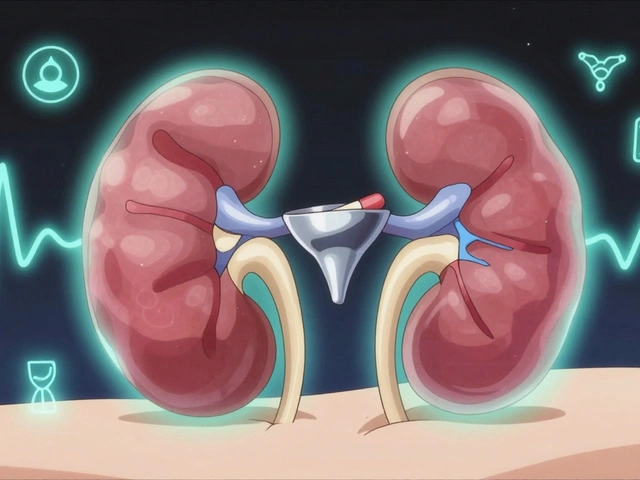Sleep aid: Find what works and stay safe
Struggling to fall asleep? You’re not alone. Short-term sleep aids can reset your sleep pattern, but they’re not a long-term fix. This page groups practical options and safety tips so you can pick a solution that fits your needs.
First, know the main categories. Over-the-counter options include melatonin and antihistamines like diphenhydramine. Melatonin helps when your internal clock is off — for jet lag or shift work — and is usually well tolerated in low doses. Antihistamines make many people sleepy, but side effects can include next-day grogginess and dry mouth.
Prescription sleep aids cover several classes. Z-drugs (zolpidem, zaleplon) act fast and are for short-term use. Sedating antidepressants and low-dose antipsychotics are sometimes prescribed, especially when insomnia coexists with mood problems, but they carry extra risks. Doctors may use benzodiazepines for severe cases, though those are habit-forming and require caution.
Non-drug approaches work well and should be your first step. Cognitive Behavioral Therapy for Insomnia (CBT-I) is the gold standard: it targets thoughts and habits that keep you awake and often beats medications in lasting benefit. Simple sleep hygiene changes — consistent wake time, limiting screens before bed, cooling the room, and avoiding heavy meals late — can improve sleep within days.
How to choose a sleep aid
Match the option to the problem. For difficulty falling asleep, short-acting agents or melatonin may help. For staying asleep, longer-acting options or behavioral fixes are better. Consider side effects, other drugs you take, and underlying health issues like sleep apnea, depression, or chronic pain. Always check interactions — many sleep drugs worsen breathing problems or react with antidepressants and heart medicines.
Safety tips and when to see a doctor
Start low, go slow. Use the lowest effective dose for the shortest time. Avoid alcohol and driving after taking most sleep aids. If you experience memory gaps, sleepwalking, or worsening daytime sleepiness, stop the drug and call your provider. If insomnia lasts more than a month, affects daily life, or comes with mood changes, seek medical evaluation. Tests might find a sleep disorder or medical issue that needs targeted treatment.
Natural and lifestyle options are low risk and often underused. Try bright light exposure in the morning, short naps under 30 minutes, and regular exercise timed early in the day. If you try melatonin, start with 0.3–1 mg before bed for adults and increase only with guidance.
If you’re buying online, use reputable pharmacies and look for verifiable contact info and pharmacist access. Avoid products that claim instant cure or list dozens of active ingredients. When in doubt, ask a pharmacist or your doctor — good sleep starts with good information.
Keep a simple sleep log for two weeks: note bedtime, wake time, naps, caffeine, and how rested you feel. That record makes clinic visits faster and more useful. If medications help, plan regular reviews with your doctor to taper when possible. Good tracking and short courses reduce risks and help you find long-lasting sleep solutions. Start your change today.
The Best Time to Take Melatonin for Optimal Sleep
In my recent blog post, I discussed the best time to take melatonin for optimal sleep. I discovered that taking melatonin around 30 minutes to an hour before bedtime can significantly improve sleep quality. It's important to start with a low dose of around 1-3 milligrams and adjust as needed. However, it's also crucial to consult a healthcare professional before using melatonin, especially if you're on other medications. Keep in mind that melatonin may not be the solution for everyone, but it can surely be beneficial for those struggling to get a good night's sleep.






